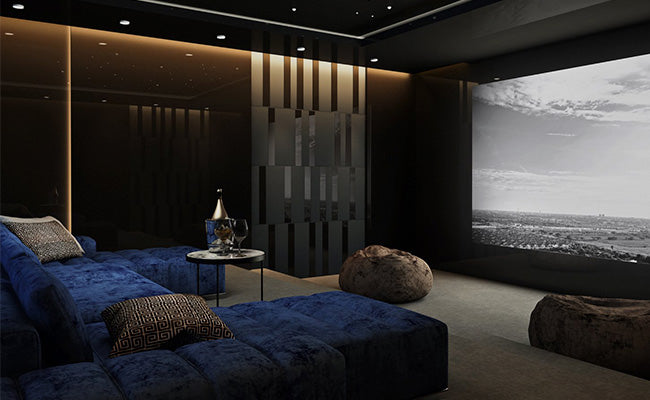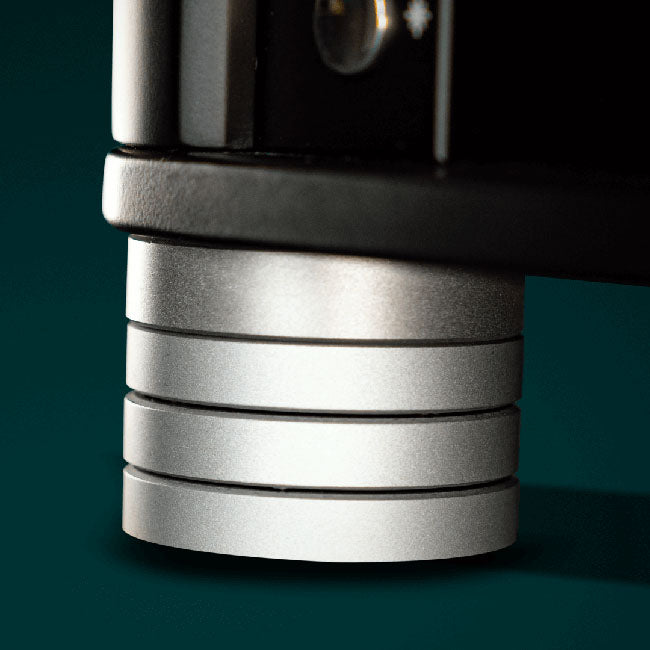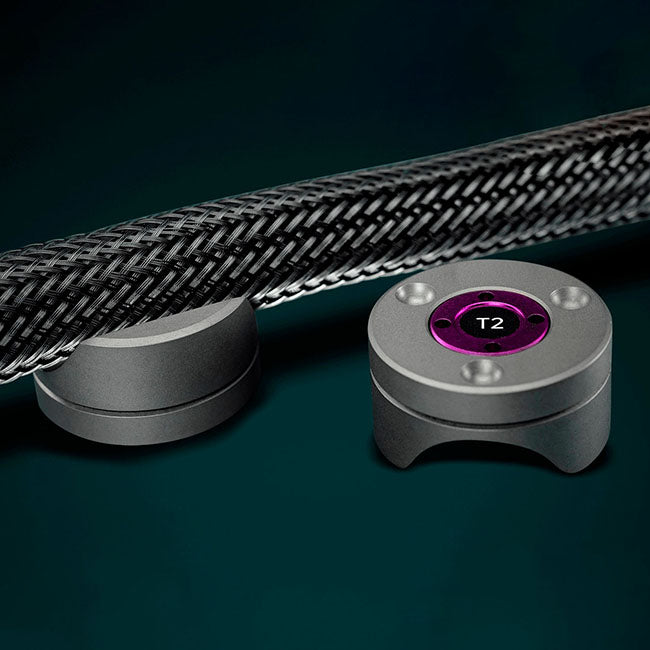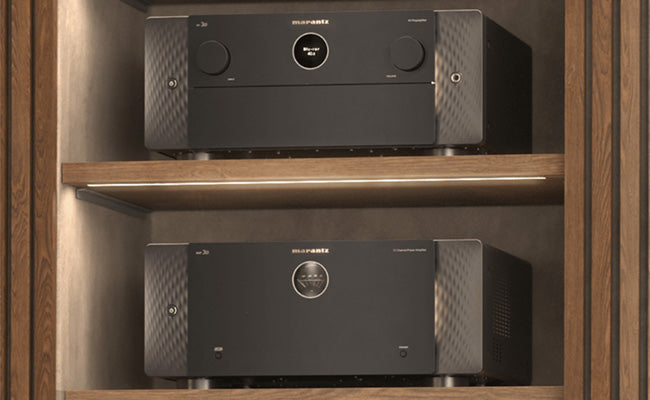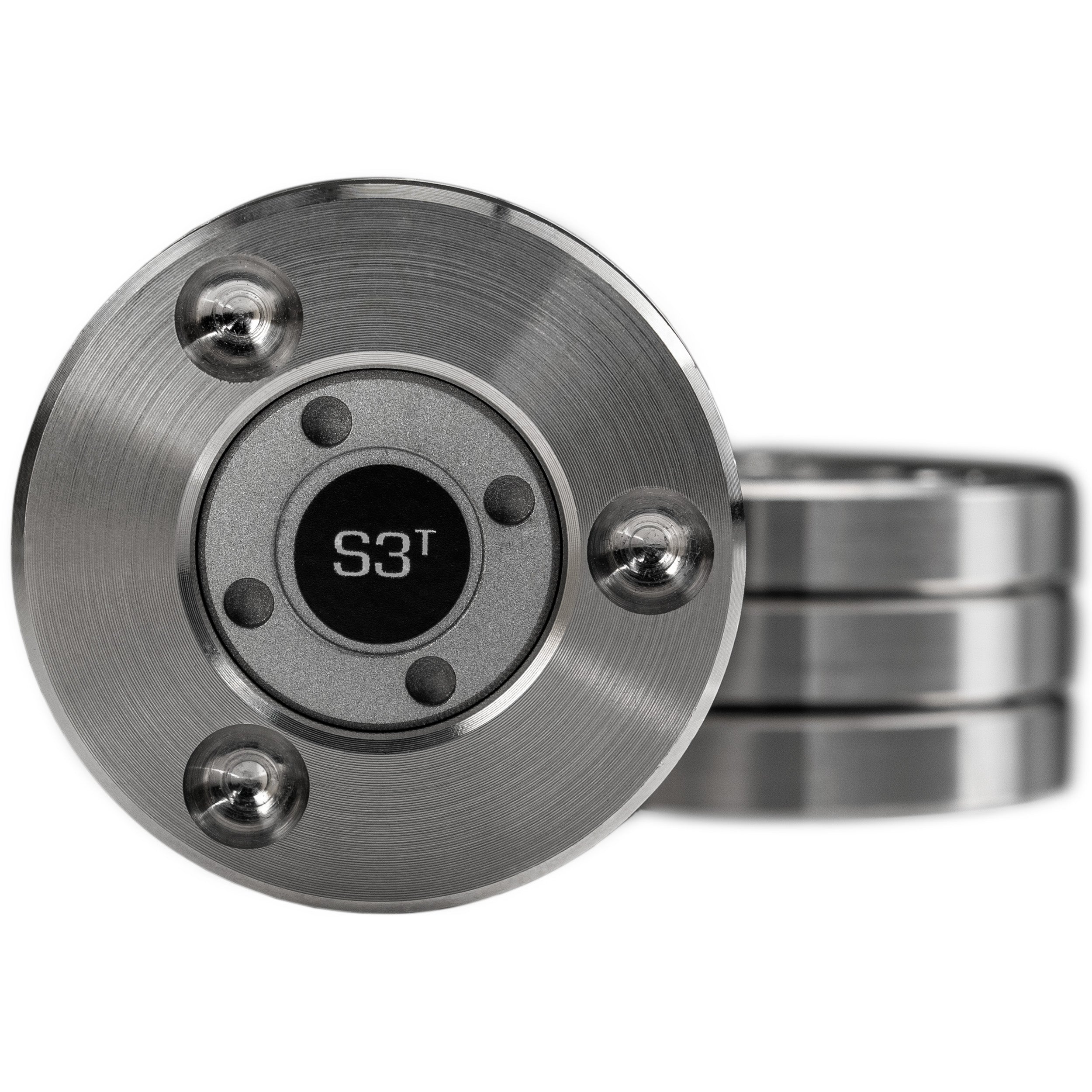
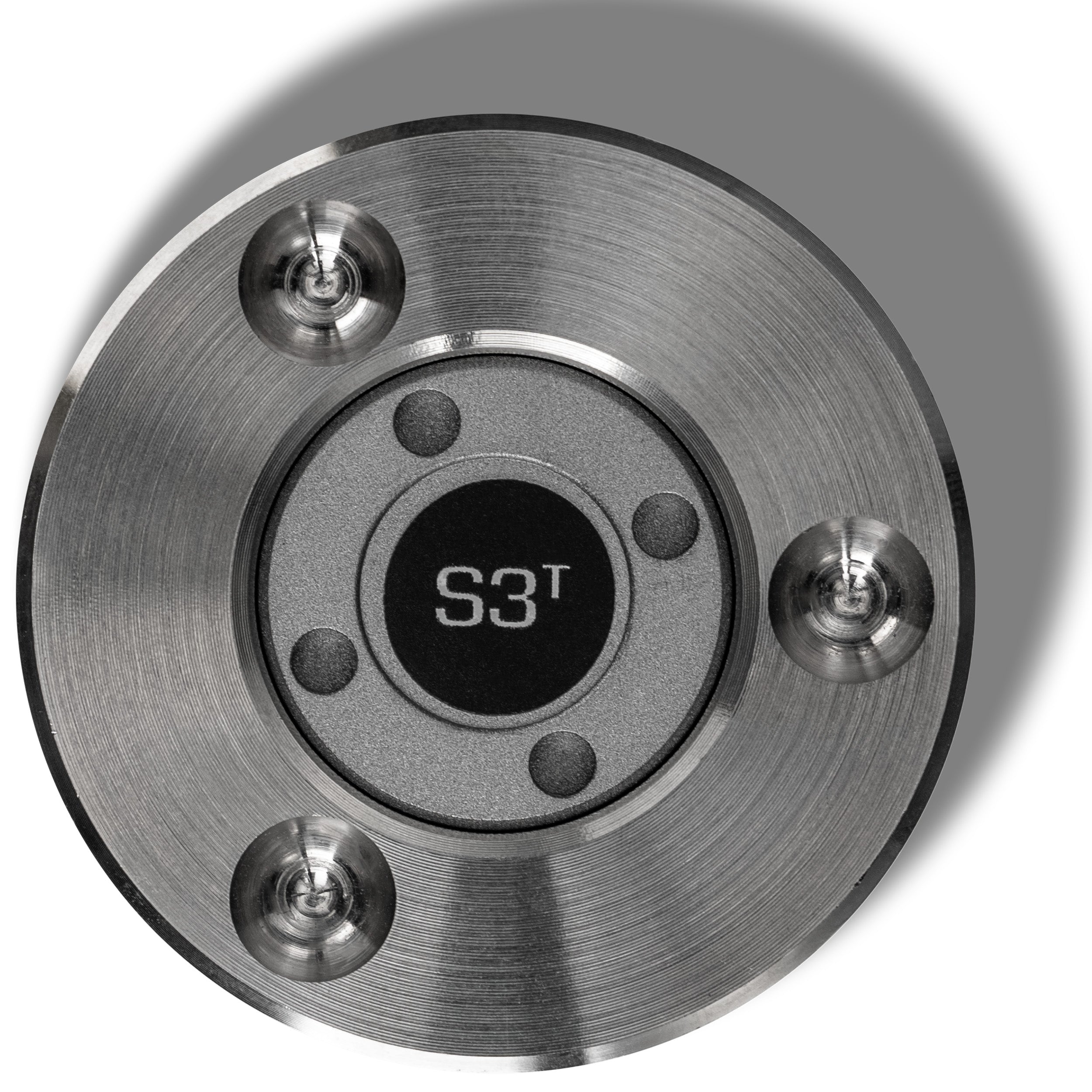
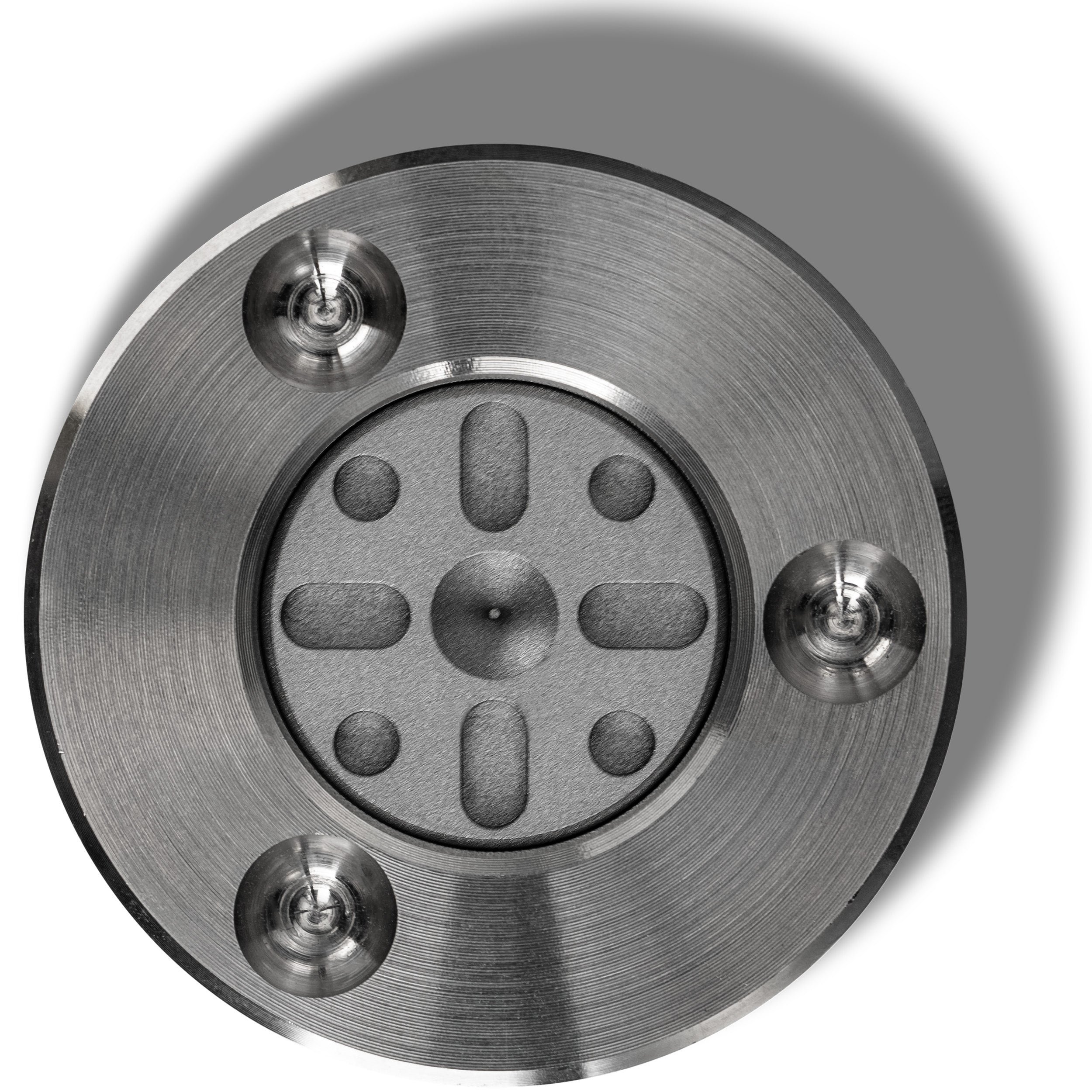


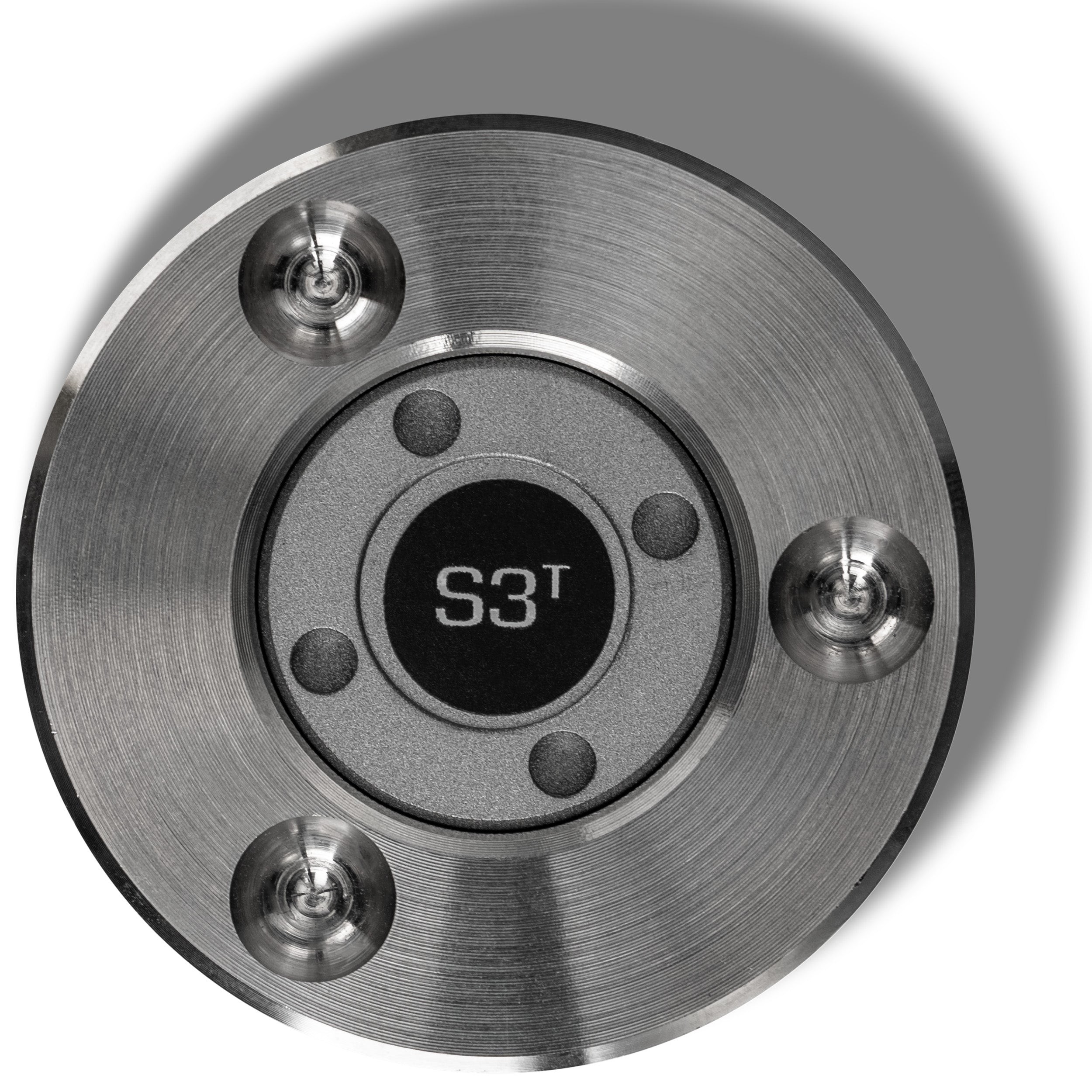
Ansuz Darkz S3T
Country
24 hour support
Payment options
Ansuz Darkz S3T Adjustable – Ultimate resonance control in a refined design
The Ansuz Darkz S3T Adjustable is a high-end vibration control unit, created for audiophiles who want to unleash the full sonic potential of their equipment. This adjustable model consists of three discrete discs and precision titanium balls that effectively channel and dissipate unwanted vibrations through mechanical decoupling and conversion to heat. The result? A significantly improved clarity, calmness and musicality in your audio experience. Its elegant, polished stainless steel finish also ensures that it visually harmonizes with any hi-fi component it is placed under.
Highlights
- Advanced vibration control via 3-disc design with titanium balls
- Adjustable height for perfect fit to any component
- Cryo treated stainless steel for increased electrical and mechanical performance
- Polished finish – both aesthetic and functional
- Guarantees deeper black background, better dynamics and resolution
- Designed and manufactured in Denmark
Vibration control in three dimensions
The Ansuz Darkz S3T Adjustable is built from three precision-milled discs, with the top two “floating” on three titanium balls. This mechanical construction reduces the contact surfaces and focuses vibrations to microscopic points where they are effectively absorbed and converted into heat. This method effectively eliminates noise from both the component and the substrate, and allows your equipment to perform in its optimal sonic stress field. The adjustment function allows fine-tuning of the height, ensuring optimal contact – even on uneven surfaces.
Material selection and cryo treatment
The materials in the Darkz S3T Adjustable have been carefully selected for both their mechanical and acoustic properties. The three discs are made of solid, polished stainless steel, which provides high mass and excellent resonance control. But that's not all - both discs and the shaft have undergone a cryo treatment. This process exposes the metal to extreme cold (down to -196 °C), which changes its crystal structure and makes it more homogeneous - almost like a monocrystal. It improves conductivity by up to 8%, which also has an audible impact on the sound: a cleaner, more effortless reproduction.
Choose options





























